Author: Zhino Khalid Mohammed and Khasraw Abdulla Rashid
Author contact: zhino.mohammed@univsu.edu.iq
Publisher: ProEnvironment
Place: University of Sulaimani, Sulaimaniyah, Iraq
Abstract
Phytotechnology was applied to assess the capacity of microphytes (algae) and macrophytes (duckweed) to remediate wastewater from the Tanjaro River in order to meet irrigation standards. The results showed clear differences between the initial and treated wastewater. Physiochemical measurements include: temperature, pH, dissolved oxygen, biological oxygen demand, total dissolved salts, electrical conductivity, turbidity and chlorophyll a, NO3-, PO43-, SO42-, HCO3-, CO32-, Cl-, Ca2+, Mg2+, Na+, K+, Fe, Co, Cd, Pb, Cr, Cu, Zn and Mn. Wastewater treated by algae and duckweed showed declines in each variable, except for dissolved oxygen and chlorophyll a. Nutrient removing efficiencies of the algae and duckweed indicated the ability to remove 100% of the Fe, Cd, Pb, Cr and As in the wastewater. Algae showed a higher efficiency to remove Co, Cu, Zn and Mn in comparison with duckweed; duckweed showed adequate efficiency to remove PO43-, Cl-, HCO3-, CO32-. The calculated value of irrigation water quality index (IWQI), 11, of the initial wastewater (low suitability for irrigation) improved after treatment with algae and duckweed to 14 and 15, respectively. Thus, irrigation water quality index (IWQI) improved 36.4 and 27.3% over initial values by duckweed and algae, respectively. These findings indicate the potential of phytotechnology to be applied in environmental remediation in an agriculturally important region in Iraq.
Cite this article
Mohammed, Zh. and Khasraw, A. (2020)’Capacity of Micro and Macrophytes to Remediate Wastewater for Irrigation’, ProEnvironment, 13 (2020), p.60 – 70

